
9 Best Customer Service Channels & How to Pick the Right One
By Nishat Shahriyar
February 25, 2022
Last Modified: November 13, 2025
In today’s landscape, customer support channels are changing overnight. Customers now have unlimited freedom to choose the platform they want to share whatever they want to say about your company, products, and services.
Companies now had to focus on multiple customer support channels, then pressuring customers to follow one for all support-related queries.
It is the NEW WORLD.
You don’t own your customers anymore!
The business now has to offer a variety of platforms and channels to customers for support. Customer experience is changing fast and you have to catch up by providing multiple support channels, for instance, an omnichannel customer support strategy.
Quality customer support across all channels and consistent delivery can turn a negative customer into a positive one. Being genuinely customer-centric can boost your company’s revenue in the long term.
What are customer service channels?
Most customers remain loyal to companies that offer good customer service across multiple channels.
But what are service channels?
Customer service channels are the mediums customers use to connect with your business to solve their problems.
Customer experience happens during different interactions or touchpoints, which is vital to overall customer satisfaction.
Support channels could be email, phones, mobile messaging, live chat, or even self-service tools like a knowledge base. Your business can connect all in one to provide an omnichannel support service to customers for a more excellent customer experience.
Customers can choose which channels they prefer to connect with your business. Figure out which support channel customers prefer more, and then you can focus more on the channel to deliver effective support.
9 Types of customer service channels
Constant support across multiple channels can improve brand credibility quickly. Here are nine customer service channels you can pick and connect with your customers.
1. Phone

The phone is still the primary way of communication in so many industries. Older demographics are more comfortable talking to a support agent than writing an email.
Sometimes people want to hear a human. Phone support is a traditional support channel and the first choice of most businesses. Phone support offers human conversations, which less tech-savvy people prefer for support.
It is also the most effective customer channel because an agent can directly influence a customer with empathy.
Phone support is essential for some industries (banks or health) because customers prefer secure connections to share their private information.
If you are heavily investing your resources into phone support, consider following these points close by heart-
- Put empathic people in your team. Train them to listen to your customers, handle them with care and show empathy towards their frustrations. Always have the proper customer service etiquette and positive tone while attending any calls.
- Agents should not talk like a bot, reading any pre-written script. They should personalize the conversation using the customer’s name and acknowledge the problem first.
- Do not overuse phone prompts and reduce touch points. People call support for a human voice and try to connect the caller with the correct department as soon as possible.
2. Email

Email is the preferred communication channel for people like me – Introverts! This group often avoids human communication like phone calls and is satisfied with email support.
“In 2022, the number of emails sent daily will grow by 4.3%, resulting in 333.2 billion emails a day. By 2025, the number of emails in circulation should stand at 376.4 billion daily.”
95% of consumers check email every day. You can imagine how big email is! An email is also an excellent tool for customer support if you run a small support team. One agent can attend multiple conversations at a time.
Email is convenient for customers because they don’t have to wait in queue for a reply. Email as a customer service channel can be integrated with other channels to voice or videos.
But you should follow these tips to get the most out of email support-
- When a customer sends you an email, they expect a fast reply. With an email list, you can segment your customers into different categories and provide support as they prefer.
- Make use of attachments and encourage customers to provide necessary screenshots if needed. This can help your support team solve the problem satisfactorily.
- Be as human as possible in the email text. Understand your customer’s pain points and deliver step-by-step solutions.
3. Community Forums

Communities, forums, and social groups are a greatly extended arm of an online business’s support teams. Often, it’s not the business that builds the communities; their users build communities around their interests and give time, effort & energy to support one another.
Businesses can take advantage of the community spirit and take some of the burdens from their support team. But you have to research first where your customer base is engaging and where the communities are alive.
Facebook groups, LinkedIn groups, and Reddit subreddits are ideal places to start. Most of the time, people engage there. You can search Twitter with hashtags or keywords relevant to your company or use your company name directly to know what our customers talking about your business. You can directly engage with them, or your support team can use hashtags to track the conversation and build a community around that hashtag.
Quora is another platform that is famous for customer Q and A. There are thousands of communities around every topic there. You can use these to research your product and answer customers’ questions directly.
Here are some tips to improve customer support using online communities-
- Engaging with the customer through the community can boost your user’s loyalty toward your products or services. A study found that when companies join online discourse, it increases customer loyalty up to 67%!
- Online communities and forums can reduce support tickets & calls because users will get their necessary information from others. When you empower your loyal customers, they are happy to give back by helping others with the same issues.
- Open conversation and free space help your customers adapt your products or services more. When they connect, it opens possibilities for new solutions and creative answers.
- When you acknowledge your customers by connecting and talking with them in an open space, they feel respected and become your online brand ambassador.
4. Knowledge Base

Creating an online knowledge base around your company’s products and services should be everybody’s priority. Not only does it reduce the headache of business, but it also helps the customers immensely!
Businesses should go through all types of ‘frequently asked questions, go through every scenario you can imagine a user could face problems, and write it down. You can publish it as questions and answers on an F.A.Q page or post tutorials in blogs and video tutorials with screencasts on YouTube.
Do what you can to free your agents to answer mundane customer questions. If you already have an answer ready, you can forward a link to your customer. This saves both parties time & energy.
Forrester reported that 67% of customers use self-service to get online support from brands or companies. Use your knowledge base to be an extended powerhouse for your support team. But do not make it the primary solution and replace direct customer support.
Harvard Business Review found that 81% of customers try to fix their problems on their own before contacting customer support. Making your knowledge base resourceful can help your customer immediately rather than waiting for your support agent’s reply.
Self-service refers to anything your company offers to assist customers in meeting their own needs. That can include blogs, troubleshooting tutorials, or videos beyond documentation. The ultimate goal of the knowledge base should be to give users the ability to find a solution independently and not turn your support team into a 24/7 operation.
5. Social Networks

Social media plays a vital role in company brands, communication and growth nowadays. People love to tweet, and share Facebook posts, Reddit posts, and online reviews about the brands they love or hate. It is now embedded in our digital lifestyle.
Businesses can use this to their advantage. We already covered communities, and communities are built on these social platforms. So not only should companies be aware of these social media, but your support team should be part of the conversation.
A study by Bain & Company suggests that when companies engage and respond to customer service requests over social media, on average, those customers end up spending 20% to 40% more.
Know where your customers are talking about your brand, create an omnichannel customer support strategy around that, and train your support agents to keep their interaction conversational through social media with customers. Interacting publicly with customers about their problems will also open up possibilities to help others facing the same problems.
6. Live Chat

Live chat is an excellent way to provide instant support to customers. In today’s era, customers are impatient; most buying decisions are triggered based on emotions and speed.
Implementing a live chat can reduce back-and-forth conversations, save time, and satisfy the customer in the end. Having a conversation with a live agent in the middle of a purchase can influence the customer’s decision.
“Live chat has the highest satisfaction levels for any customer service channel, with 73%, compared with 61% for email and 44% for phone.”
Offer live chat to understand customers’ desires, and pain points and attend to the problems right away. Don’t forget to collect feedback about conversations and improve the customer service experience. Focus on cultivating loyalty among customers to increase customer lifetime value (CLTV)
7. Mobile Messaging

Mobile is now a part of our everyday lifestyle. We live, breathe, and do shopping using mobile devices.
About 66% of consumers have used at least three ways to communicate with customer service. About one-third of all customers contact customer service via their mobile device.
Whatsapp now has 2 billion monthly active users and Messenger has 1.3 billion users. These users are accustomed to using mobile for shopping, messaging, and customer support.
You can offer support through channels like Signal, Telegram, and other popular services. By catering to these services and offering to use these options as their support channel, you can maximize customer experience.
WhatsApp became the default messaging app for so many businesses overnight when Facebook introduced WhatsApp business. Millions of people who use Facebook pages for their online presence and store now use WhatsApp business for their customer support.
The customer relies heavily on this channel for instant support and businesses are utilizing this opportunity to build a loyal customer base.
8. Chatbots

Artificial intelligence (AI) will disrupt the support industry in a good way. Businesses are now getting used to chatbots to run support-related queries.
Nowadays, chatbots are so intelligent that they can now reply to pre-set questions, recognize customer queries, and answer them instantly with relevant knowledge base links or support resources.
You can leverage chatbots to answer customers’ repeat questions and use the pre-set questions to direct them to suitable support agents or the required departments. It will reduce the churn rate and save time on both ends.
Businesses that implemented chatbots wisely saw zero wait time and instantly reduced support tickets on simple queries.
9. Video Chat
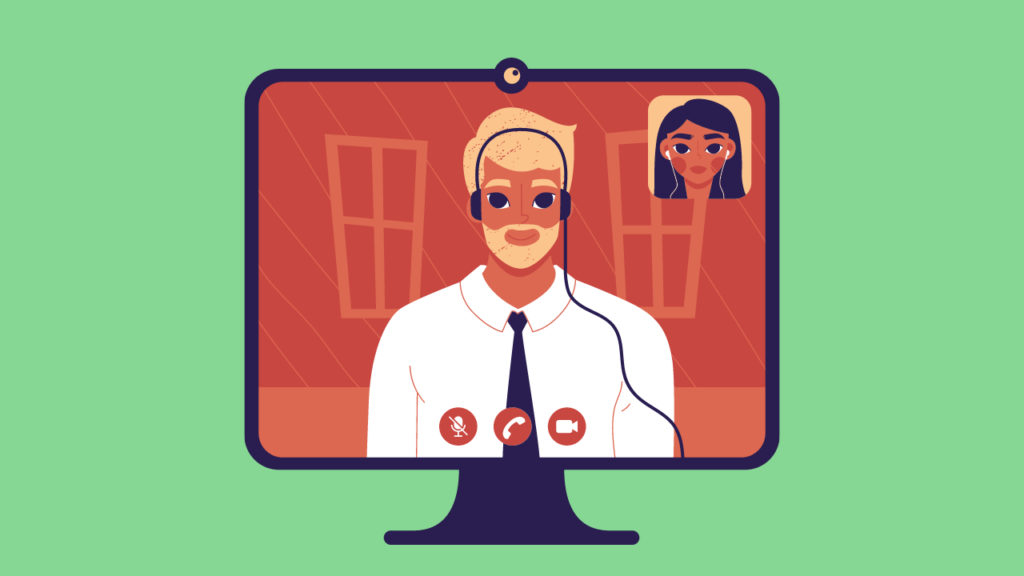
It is essential to share screen or video support for both users and businesses in some industries. In the tech service industry, it is a must. Now many more industries are offering video chat support for customers. The banking industry, high-end luxury industry, and other similar industries are widely adopting this trend. In this last 2020 pandemic, video chat support got a high adaptation!
More than half of business operations use video conferencing, even if it is not built around it. In 2023, the video conferencing market will reach $13.82 billion and exceed $20 billion in 2024.
Video chat support increases customer satisfaction in email and phone calls. It helps to identify issues faster and with a better result. You can remove various touchpoints and build customers’ trust with personalized conversations.
If your business category is telehealth, remote learning, banking & finance, investment, insurance, and technical areas, then video chat support is highly recommended.
How to Pick the Right Customer Support Channels for Your Business

There are various customer channels available out there. But which is suitable for you?
We talked about the main nine channels here. You can build multi-channel customer support to optimize your customer support using these channels.
Before starting, you should ask yourself an important question.
“Where are my customers hanging out most?”
Research your customers’ everyday social media, instant messaging apps, and preferred communication tools with you by cross-checking your customers’ demographics.
You will get the correct answer.
Collect feedback from your already connected customers from your established support channels and use that information to choose the best customer service channels for your business.
Your customer insight will help you immensely on this. Audit your running channels, go through the current customer satisfaction score, and evaluate the channels. Before introducing new customer support channels, try to improve the previous ones.
Train your support team, Improve their skill sets, and give them time to get used to new channels. Know your target customer’s needs and expectations on every channel. Not all agents are best suited for every channel. Assigns the right agents to channels suited to their skill sets.
Learn from your competitors, what they are offering, and how they are scaling their support team. How can you scale your customer support using their tactics, or is it worth it?
Always provide self-service options in every support channel. Help your customers to make them independent to solve their issues by themselves.
Collect customer feedback through various channels and analyze them for better customer service. Review your new channels from time to time for better results. Find out how customers engage with your channels, the wait times, the number of touchpoints, customer satisfaction scores, and social reviews.
Wrapping up
Introducing customer support channels where your customers are active most will make your customers’ lives much more manageable. Review your existing channels, collect feedback from your customers, and cross-reference the information with your collective data.
Do not blindly invest your time, effort, and money to extend your support team to all channels. Spreading everywhere will hamper your support agents’ performance and reduce the customer service experience.
Boost customer loyalty by improving the current service channel’s support and building new service channels on customer expectations, preferences, and competitor research. When a business syncs its best customer service channels seamlessly through the customer support team, customer satisfaction exceeds expectations.
Start off with a powerful ticketing system that delivers smooth collaboration right out of the box.





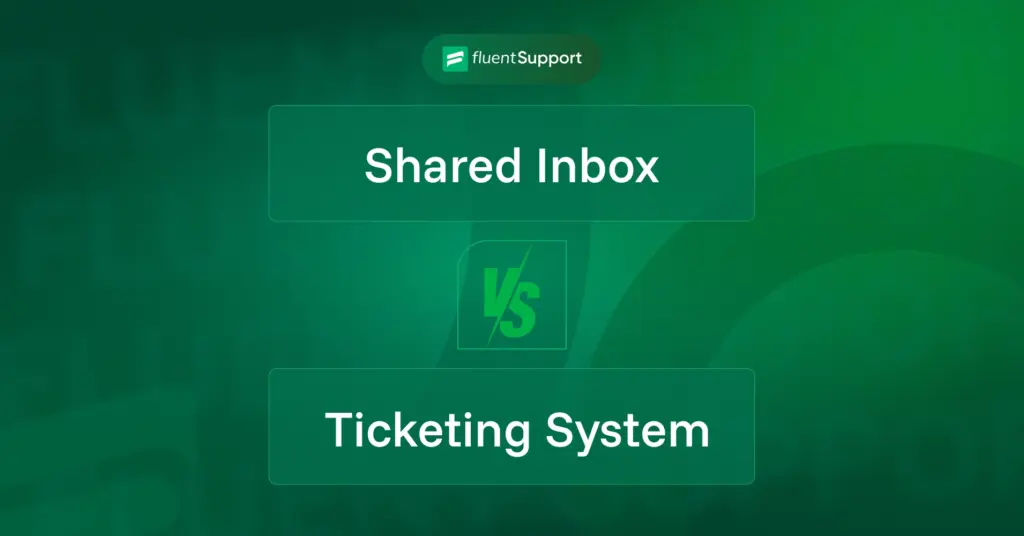
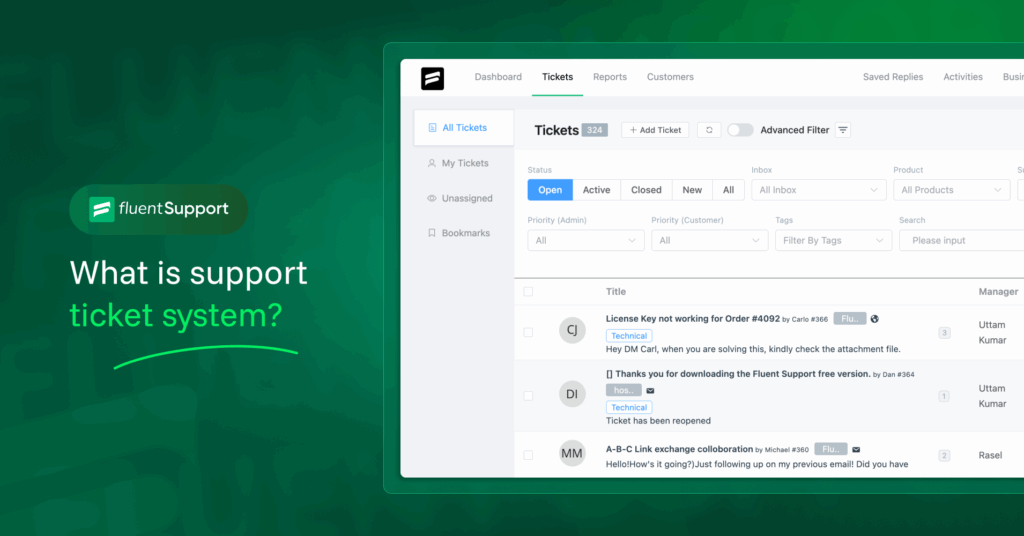
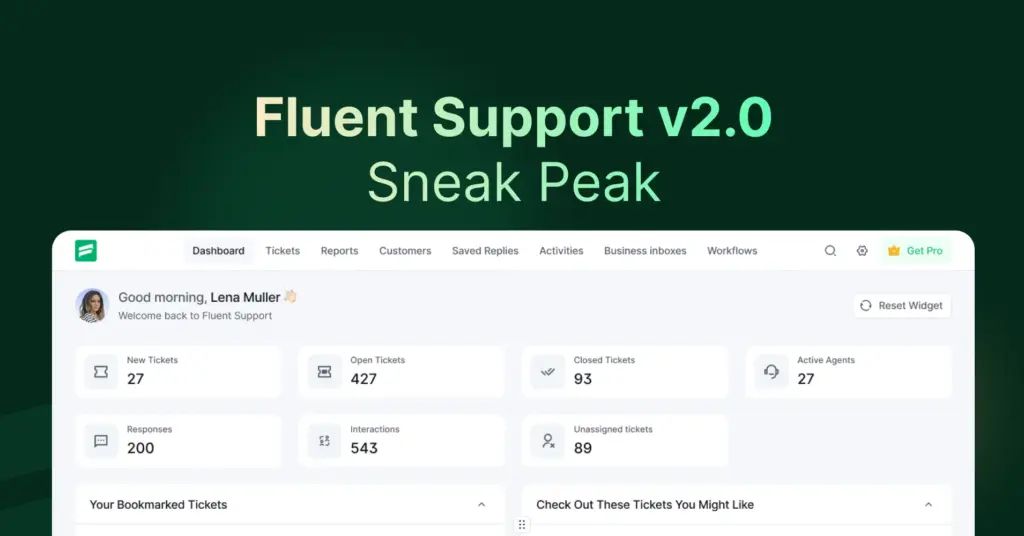
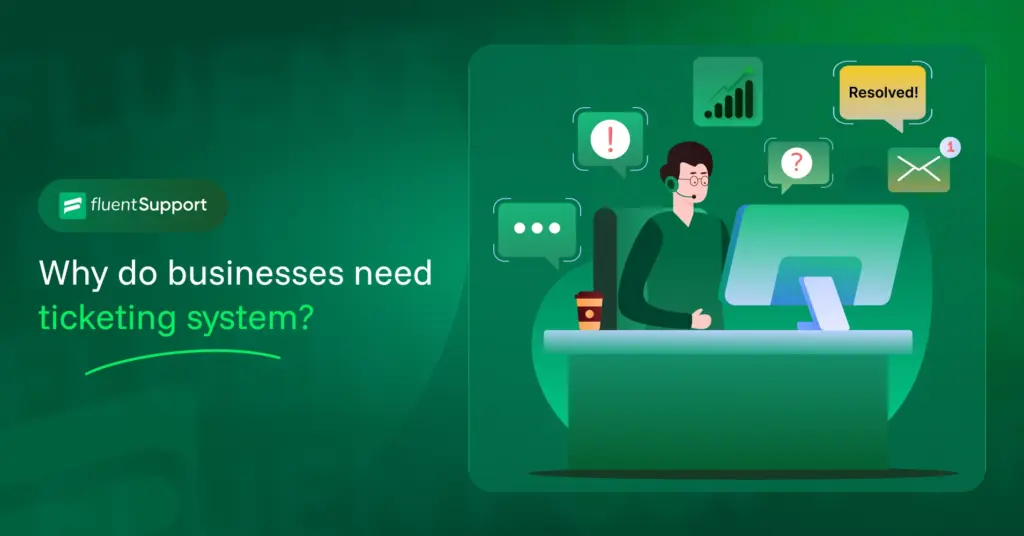



Leave a Reply